We tend to craft budgets based on major objectives and real-world business timing.
This makes sense, as our real-world priorities should influence where we put our marketing dollars and at what velocity.
However, many don’t take the ad platform mechanics into consideration when setting initial, growth, and lower priority budgets.
This can mean successful campaigns tank due to too much investment too quickly, or that previously successful campaigns don’t behave after a period of pausing.
We’re going to invest some time discussing:
-
- The mechanics of budgets.
- How much to invest at the beginning.
- How to scale campaigns without tanking them.
- How to preserve lower priority campaigns.
It’s important to note that this post will do its best to abstain from opinions on account strategy.
There are many paths to profit, and while I have strong data-backed feelings on which paths have a higher probability of success, the point of this post is just to look at budgets.
As such, I’ll be sticking with Google and Microsoft, though some of the points can apply to Meta, Amazon, and LinkedIn.
The Mechanics Of Budgets
Before we dive into the core topic, it’s important to establish a baseline of how budgets work.
Advertisers set daily, monthly, or lifetime of the campaign budgets. When you set a daily budget, Google and Microsoft will do their best to hit it as an average across 30.4 days.
For example, if you wanted to invest $2,500 per month in a campaign, you’d set a daily budget of $82.24.
While it’s possible for that budget to double (i.e., you could spend up to $164.48 in a given day) across the 30.4 days, it should still come up to $2,500.
If you want more control than that, you can use portfolio bidding strategies to include bid floors and bid caps.
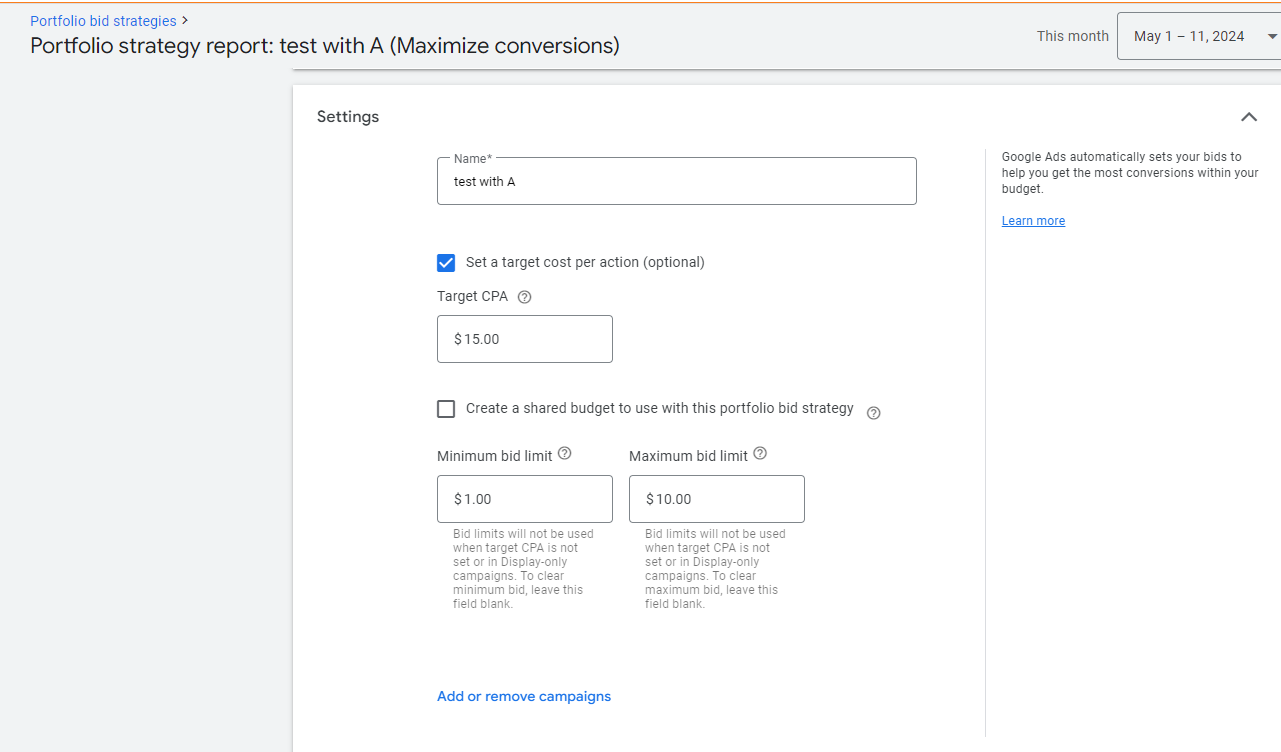 Image from author, November 2024
Image from author, November 2024
Bid floors (minimums) ensure you’ll bid enough to enter the auction.
These can be helpful when you know your budget is a bit low for the campaign targets, and there’s a real risk of Google/Microsoft underbidding to conserve your budget.
Bid caps (maximums) are safeguards against wild spikes in the auction that force you to bid more than you’re prepared to invest with a single click.
These spikes often happen when you’re going after expensive ideas and/or you’ve set a lower ROAS goal.
If you’re interested in a more detailed outline of bidding, you can check out this post that goes into it in depth.
How Much To Invest At The Beginning
Now that we have our baseline established, let’s talk about beginning budgets.
There are two main considerations when establishing a starting budget:
- Is the account brand new, or are there existing campaigns that can give it a halo effect?
- Does this campaign represent a test or a core part of my account?
We can debate the ethics of this, but brand-new campaigns in new accounts almost always cost more than new campaigns in established accounts. This is because ad platforms need data, and if you’re starting from scratch, you won’t have:
- Account conversion thresholds.
- Meaningful Quality Scores on your campaigns.
- Established negative and placement exclusion lists.
I typically budget in at least 20% extra for all new campaigns in brand-new accounts for the first three to four weeks. This allows the campaigns to gradually build up their data and for me to eliminate waste.
Once the campaigns have begun bringing in conversions and they seem to be spending at an expected level, I’ll lower the budgets back down to the expected budget provided the following things are true:
- The impression share lost to budget is less than 5%.
- Stakeholders aren’t hungry for more volume and are happy with the current CPA/ROAS.
If the campaign is being launched in an existing account with at least 90 days of data and trustworthy conversions, I’ll set the budget based on the agreed-upon goals and value.
Before launching the campaign, it’s critical to have a conversation that includes the following information:
- How many leads/sales are we currently getting, and where can that number grow without any operational change?
- Will customers always be worth the same amount, or is the value dynamic?
- Are there drastically different conversion rates based on how a customer engages, or are they essentially the same?
These questions will ensure you budget enough to get enough clicks in your day to get enough valuable leads for your conversion rate to kick in.
They also will help you keep your products/services organized by margins and serviceability, which will help mitigate conflicting goals that hurt budget efficiency.
Finally, it is important to acknowledge that testing budgets, while lower than normal budgets, still need to meet certain thresholds.
If your budget can’t fit at least 10 clicks in the day, it is likely setting itself up for failure because a 10% conversion rate is really good for non-branded search, and budgeting for fewer than 10 clicks in your day is banking on a better than 10% conversion rate.
How To Scale Campaigns Without Tanking Them
Once a campaign has proven itself, you might be tasked with finding a way to scale it. More money all at once is rarely the answer.
While there are instances where campaigns are performing great and the only thing “wrong” is impression share lost to budget, in most cases, big budget increases will result in increased CPCs and flat conversion lift.
This is because the budget added to high impression share campaigns will just allow the bids to be more aggressive.
If your campaigns have impression share lost to budget (at least 15%), it can make sense to add 5-10% increases every other week till you hit impression share lost due to budget of 5%.
You just need to be careful about learning periods if you’re using smart bidding.
Learning periods take five days to clear, and there is a correlation between their chaos and how young the account is. Essentially, the newer the account, the more conservative you need to be.
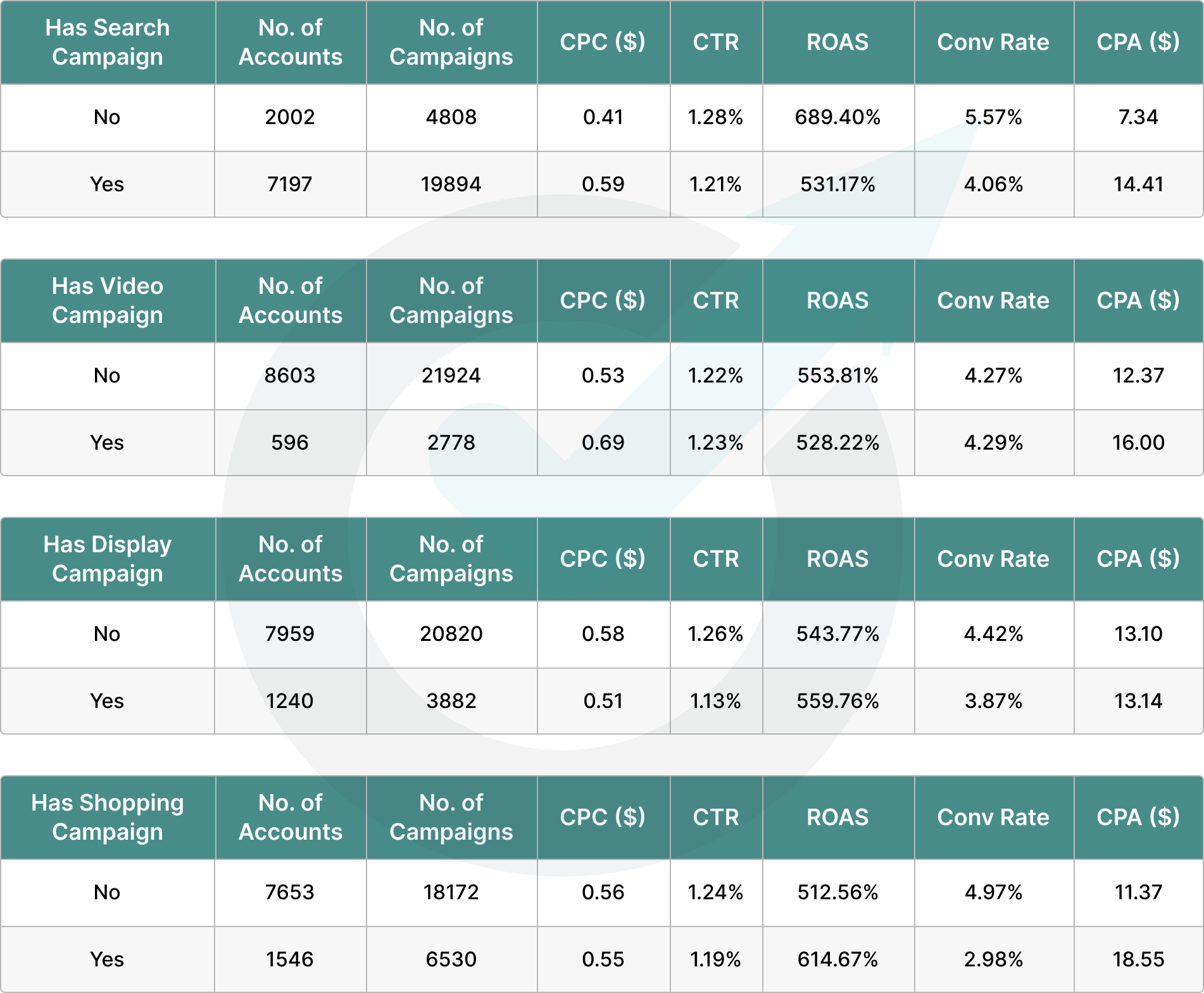 Optmyzr data on PMax data when other campaigns are present or not. (Image from author, November 2024)
Optmyzr data on PMax data when other campaigns are present or not. (Image from author, November 2024)
For campaigns with a more complete impression share, scale means looking at creating more demand or expanding into services/markets that didn’t make the budget cut before.
This could mean layering in Performance Max if you’re unsure how to build video and display campaigns. It could also mean new search or demand-gen campaigns. The core success measures you’re looking for are:
- Does your original search campaign start to lose impression share due to budget (i.e., there are more people searching now)?
- Are there new types of customers coming in (ways of searching, asking if your company can address them, etc.)?
- Are your original campaigns maintaining CPCs/CPAs while starting to pull in increases in leads?
How To Preserve Lower Priority Campaigns
It’s inevitable that business priorities will fluctuate, and campaigns might need to relinquish budget.
However, there are some really important mechanics to keep in mind when deciding what to do with a low-performing/priority campaign.
If there is a chance you will ever want to run with it again (i.e., you’re testing something that requires you to take its budget), lower the budget to a non-spending amount.
This is because pausing campaigns for longer than one to two days can result in risks to their ability to perform again.
While higher-spending campaigns have an easier time mitigating this risk due to the volume of data they accumulate, there’s still a risk they will take one to three months to recover.
By lowering the budget to a non-spending amount and excluding the data from that campaign in the bidding settings, you’ll be able to mitigate the risk.
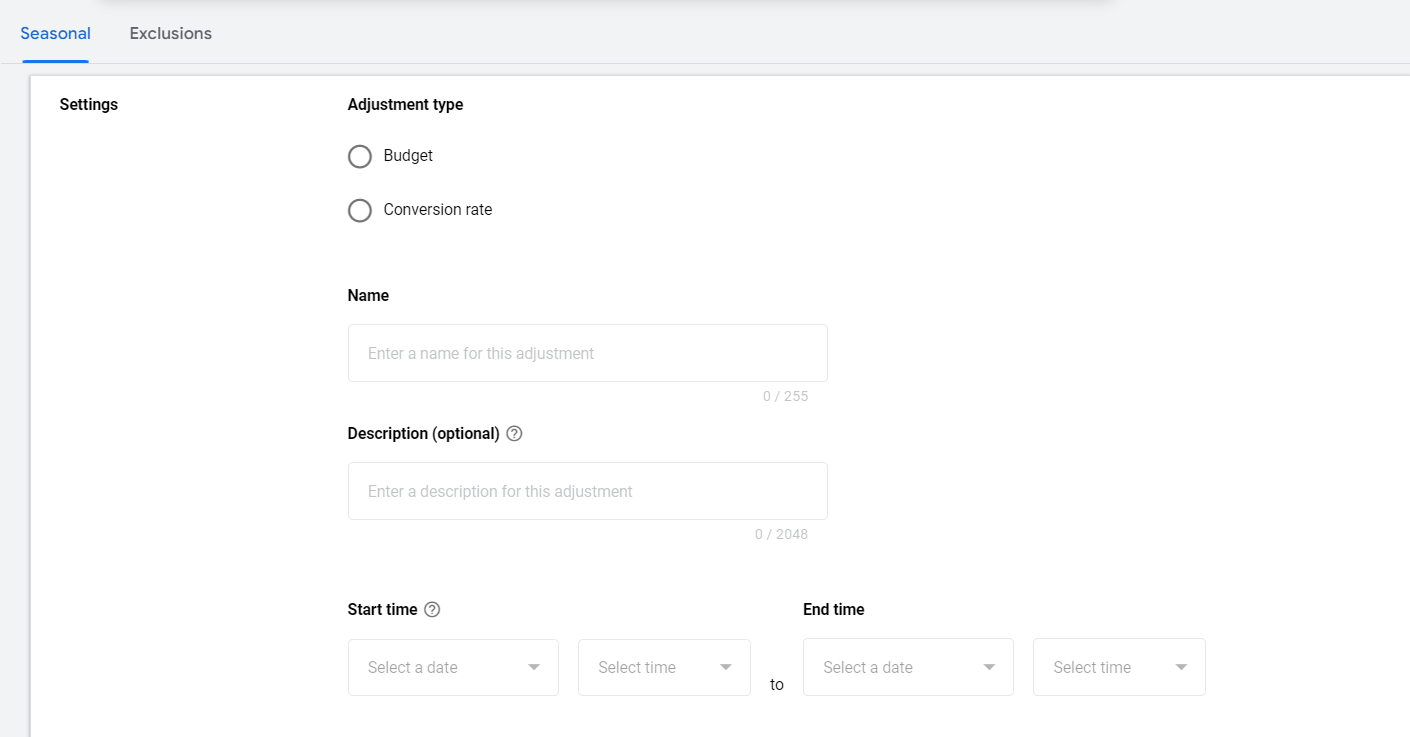 Image from author, November 2024
Image from author, November 2024
If you’re a seasonal business, you can use the seasonality options to help ad platforms understand why you spike your spends to help them prepare for the big uptick.
Final Takeaways
Budgeting is more than just coming up with a number you want to spend per month.
Marketers need to balance the mechanics with business goals to succeed. This means factoring in ad platform algorithms, as well as inputting brand data.
If you know that you need results quickly, be pragmatic about which channels you invest your budget.
On the flip side, if conversion efficacy is the issue, you may need to opt for the slower budget ramp.
However you approach your budgeting, know that there are always ways to safeguard it and direct it through targets and exclusions.
More resources:
- How Proper PPC Management Can Save You Money
- Mastering AI-Powered PPC Bid Strategies: A Guide To Maximizing Performance
- PPC Trends 2025
Featured Image: BongkarnGraphic/Shutterstock
 3 days ago
5
3 days ago
5
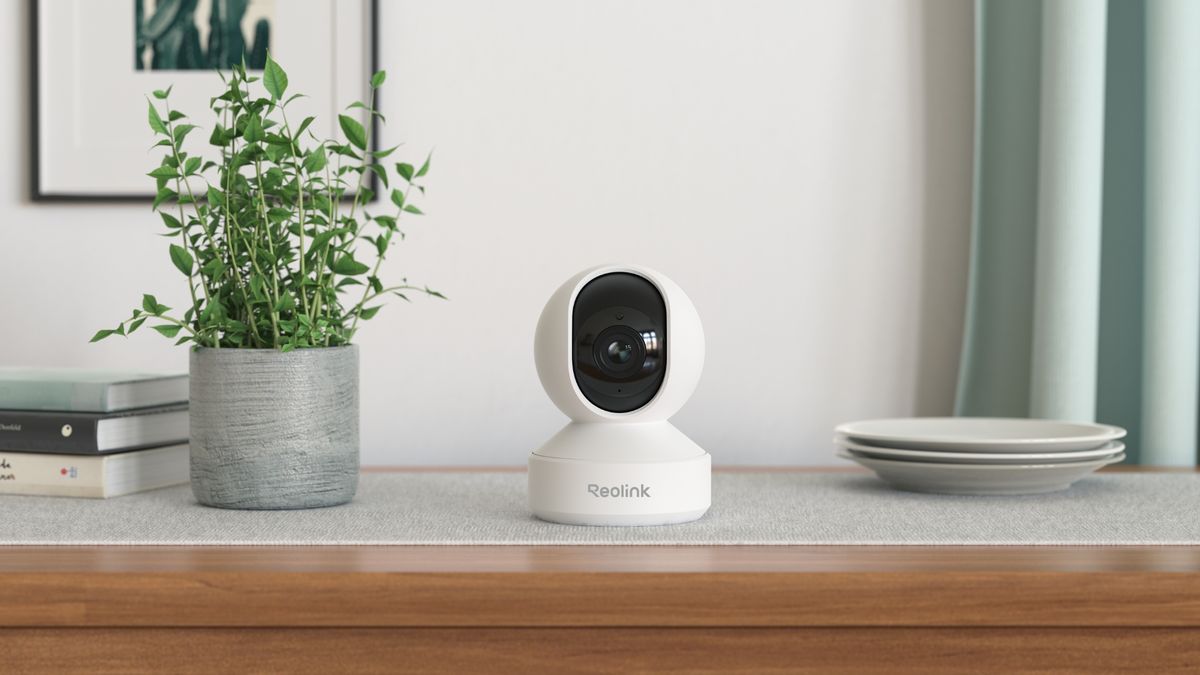
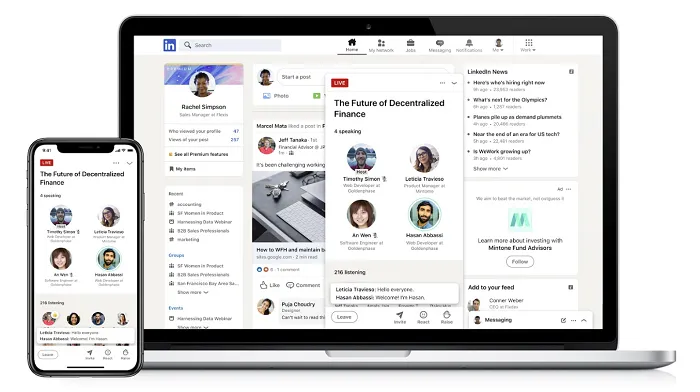





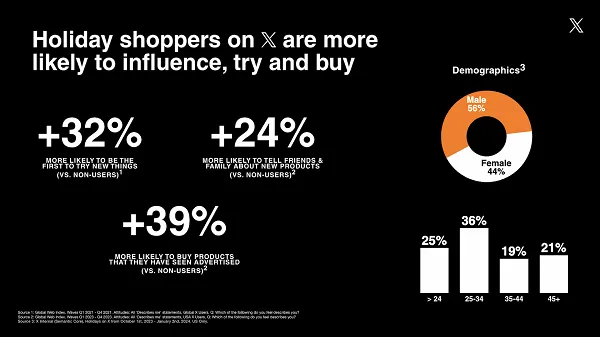






)





 English (US) ·
English (US) ·